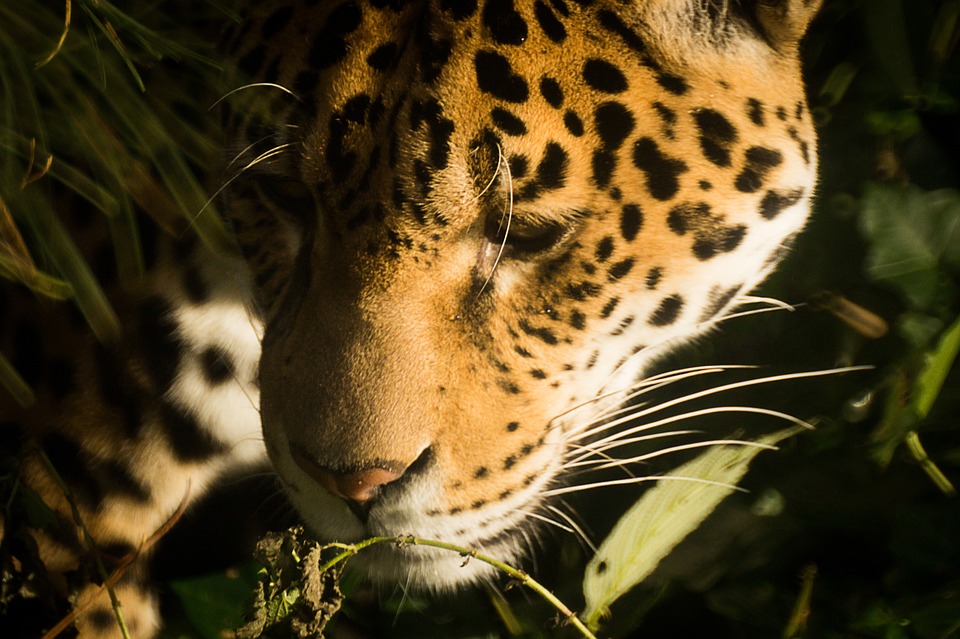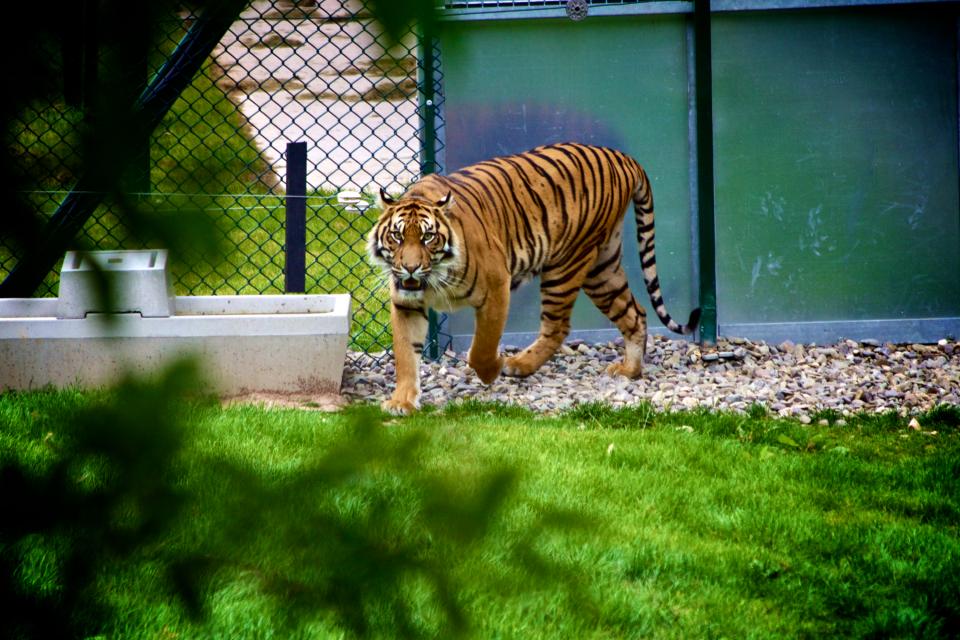For centuries, cats have been shrouded in an aura of mystery and intrigue. While often perceived as aloof and enigmatic creatures, their behaviour hints at a deeper intelligence, a complex tapestry of cognitive abilities woven into their every purr and pounce. This article embarks on a journey into the fascinating world of feline cognition, exploring the evidence for their remarkable mental capabilities and dispelling long-held misconceptions.
Part 1: Beyond the Stereotype: Redefining Feline Intelligence

1.1: The "Dumb Cat" Myth: A Historical Perspective
The notion of the "dumb cat" has persisted for centuries, fuelled by their perceived aloofness and independent nature. However, this perception is largely rooted in human-centric biases, failing to account for the diverse forms of intelligence that exist in the animal kingdom.
1.2: The Evolution of Feline Cognition Research
Over the past few decades, scientific research has undergone a paradigm shift in its approach to feline intelligence. Researchers have moved beyond anecdotal observations, employing sophisticated experimental methods to delve into the intricacies of their cognitive processes.
1.3: A Cat's World: Understanding Their Sensory Perception
To grasp the true extent of feline intelligence, it's essential to consider their world from their perspective. Their senses, particularly their highly developed vision, hearing, and sense of smell, provide them with a rich and complex understanding of their surroundings. These senses play a pivotal role in their problem-solving abilities, social interactions, and overall navigation of the world.
Part 2: The Problem-Solving Prowess of Cats

2.1: From Instinct to Innovation: A Cat's Approach to Challenges
Cats are natural problem-solvers, exhibiting remarkable ingenuity in their ability to manipulate objects, navigate complex environments, and escape seemingly inescapable situations. Their agility, combined with their keen spatial awareness, allows them to find creative solutions to challenges that would stump many humans.
2.2: Cognitive Tests and Feline Ingenuity
Scientists have devised various cognitive tests to assess feline problem-solving abilities, including maze navigation, object retrieval, and food-reward tasks. Cats consistently demonstrate their ability to learn from experience, adapt to new situations, and employ flexible thinking strategies.
2.3: Beyond Instinct: The Power of Observation and Learning
While cats possess innate instincts that guide their behaviour, they are also highly adept at learning through observation and repetition. They can learn new tricks, recognize familiar faces, and adapt to changes in their environment, showcasing their capacity for flexible and adaptable learning.
Part 3: The Language of Felines: Decoding Cat Communication
3.1: A Symphony of Sounds: The Richness of Cat Vocalizations
Cats communicate through a complex interplay of vocalizations, body language, and facial expressions. Their vocal repertoire extends far beyond the familiar meows and purrs, encompassing a wide range of sounds, including hisses, growls, chirps, and even trills, each conveying a specific message.
3.2: Reading the Signs: The Art of Interpreting Body Language
A cat's body language is a vital window into their emotional state. Erect ears, dilated pupils, and a wagging tail can signal excitement or playfulness, while flattened ears, narrowed eyes, and a puffed-up tail may indicate fear or aggression. Understanding their subtle cues is crucial for interpreting their intentions and responding appropriately.
3.3: Two-Way Communication: Building a Bridge of Understanding
Effective communication with cats requires a two-way street of understanding. By learning to interpret their vocalizations and body language, we can respond in a way that is clear, reassuring, and fosters a sense of mutual respect. This shared understanding strengthens the bond between humans and their feline companions.
Part 4: The Social Lives of Cats: Family, Friends, and Rivals
4.1: Beyond Solitude: The Complexities of Feline Social Structures
Despite their reputation for independence, cats are social animals who form strong bonds within their families. They exhibit complex social dynamics, engaging in playful interactions, grooming rituals, and vocal communication to maintain relationships within their groups.
4.2: Feline Diplomacy: Navigating Social Interactions with Skill
Cats have evolved sophisticated strategies for navigating social interactions, including territorial marking, scent communication, and appeasement behaviours. These skills are crucial for maintaining harmony within their social groups and avoiding conflicts, demonstrating their remarkable social intelligence.
4.3: A Hierarchy of Cooperation: Establishing Dominance and Trust
Within feline families, there is often a clear hierarchy, with dominant cats asserting their authority through postures, vocalizations, and grooming behaviours. However, cats also engage in cooperative behaviours, sharing resources, grooming each other, and engaging in playful activities together. This balance of dominance and cooperation contributes to the stability of their social structures.
Part 5: Exploring the World: Feline Curiosity and Sensory Exploration
5.1: The Power of Scent: A World Unseen by Humans
Cats rely heavily on their sense of smell, which is far more developed than our own. They use scent to navigate their environment, communicate with other cats, identify potential threats, and even locate prey. Their olfactory sense provides them with a unique and detailed understanding of the world, far richer than our own.
5.2: Beyond Sight: The Importance of Sound and Touch
Cats' hearing is equally impressive, allowing them to detect sounds far beyond the range of human perception. They can pinpoint the source of a rustle in the undergrowth, hear the softest of meows, and even identify different bird calls, revealing a world of auditory information inaccessible to us. Their sense of touch is also highly developed, allowing them to explore their environment and interact with their surroundings with incredible precision.
5.3: Play as a Tool for Learning: Feline Curiosity and Exploration
Cats are naturally curious creatures who are constantly exploring their environment, using their senses to gather information and engage in playful activities. Their playful behaviour is not merely a form of entertainment but a crucial tool for developing their skills, strengthening their bonds, and learning about their world.
Part 6: The Evolution of Cat Intelligence: From Wildcats to Domestic Partners
6.1: The Wild Origins of Domestic Cats: Adaptability and Resourcefulness
Domestic cats are descendants of the African wildcat, a small, solitary predator that evolved in the arid regions of North Africa. Their intelligence and adaptability have been crucial to their survival, enabling them to thrive in diverse environments and prey upon a variety of animals. Their intelligence, honed over millennia, has shaped their ability to navigate their wild environment and secure their needs.
6.2: Domestication: A Partnership of Mutual Benefit
The domestication of cats began thousands of years ago, as humans recognized the benefits of having these resourceful animals around. Cats provided a natural solution to rodent infestations, and their companionship offered solace and amusement. Over time, a mutually beneficial partnership developed, shaping the relationship between cats and humans.
6.3: Domestication's Impact: Changes in Behaviour and Intelligence
Domestication has undoubtedly had a profound impact on the behaviour and intelligence of cats. Their social interactions, hunting strategies, and overall temperament have been influenced by their close relationship with humans. However, despite these changes, cats have retained many of the cognitive abilities and instincts that have helped them thrive for centuries.
Part 7: The Future of Cat Intelligence: Exploring the Unknown
7.1: Unveiling the Mysteries of Feline Cognition
Despite the remarkable progress in understanding feline intelligence, there are still many mysteries waiting to be unraveled. Researchers are continuously exploring new areas of investigation, including the intricacies of cat communication, their problem-solving strategies, and their capacity for abstract thought. The field of feline cognition is ever-expanding, offering exciting new avenues of discovery.
7.2: Technology's Role in Understanding Cats: A New Frontier
Advancements in technology, such as brain imaging and artificial intelligence, are providing new tools for investigating feline cognition. These tools allow scientists to gain a deeper understanding of how cats think, feel, and perceive the world. The integration of technology in feline research is opening up a new era of understanding.
7.3: Bridging the Gap: Human-Cat Communication and Understanding
As our understanding of cat intelligence continues to evolve, we can strive to create more enriching and meaningful relationships with these fascinating creatures. By learning to understand their communication, respecting their needs, and providing them with stimulating environments, we can foster stronger bonds and appreciate the full spectrum of their intelligence.
Part 8: FAQs: Common Questions About Cat Intelligence
8.1: Are cats really as smart as dogs?
While both cats and dogs are intelligent animals, they excel in different areas. Dogs tend to be more easily trained due to their strong social bond with humans and their eagerness to please. Cats, on the other hand, are more independent and rely on their own intuition and problem-solving abilities. Both species exhibit unique cognitive strengths that have evolved in response to their distinct evolutionary histories and environmental pressures.
8.2: Can cats understand human language?
Cats have limited ability to understand human language. However, they can learn to associate specific words with actions, such as their name or commands like "come." They are particularly adept at understanding tone of voice and facial expressions, demonstrating their ability to interpret our emotional cues.
8.3: Do cats have emotions?
Cats experience a wide range of emotions, including happiness, sadness, fear, and anger. Their emotional states are often expressed through vocalizations, body language, and facial expressions. It is important to recognize and respond to their emotions appropriately, fostering a deeper level of understanding and empathy.
8.4: How can I stimulate my cat's intelligence?
There are many ways to stimulate your cat's intelligence:
- Provide them with puzzle toys and interactive games that challenge their problem-solving abilities and keep them engaged.
- Expose them to new sights, sounds, and smells, broadening their sensory experiences and encouraging exploration.
- Engage them in training sessions using positive reinforcement, rewarding their successful attempts and fostering a positive association with learning.
- Offer them a variety of enrichment activities, such as climbing structures, scratching posts, and designated play areas, providing them with opportunities for physical and mental stimulation.
8.5: Why do some cats seem smarter than others?
Cat intelligence can vary due to several factors, including breed, personality, and individual experiences. Some breeds are known for their intelligence and trainability, while others are more independent and less eager to please. Personality and early experiences also play a significant role in shaping a cat's cognitive abilities, highlighting the influence of nurture on nature.
8.6: Are cats capable of abstract thought?
While cats are not known for their abstract thinking skills in the same way as humans, there is some evidence to suggest that they possess a rudimentary capacity for abstract thought. Studies have shown that they can learn simple concepts, such as the difference between "empty" and "full," and may even be able to recognize themselves in mirrors, indicating a level of self-awareness.
8.7: What is the future of feline intelligence research?
As our understanding of feline intelligence continues to expand, the future of research holds exciting possibilities. The use of cutting-edge technology, coupled with rigorous scientific methods, will enable us to delve even deeper into the mysteries of their cognitive abilities, unlocking a wealth of new insights into the minds of these captivating creatures.
Everyone is watching
-

Are Cat Ribs Flexible? Understanding Their Anatomy
CATS & KITTENSThis article delves into the fascinating world of feline anatomy, exploring the flexibility of cat ribs and ho...
-

Can Cats Eat Bananas? (Everything You Need to Know)
CATS & KITTENSThis article dives into the intriguing question of whether cats can safely enjoy the sweet, yellow fruit, bana...
-

Cat Lifespan: How Long Do Cats Live?
CATS & KITTENSThis comprehensive guide explores the factors influencing the lifespan of our feline companions, providing ins...
-

Can Cats Get COVID-19? What You Need to Know
CATS & KITTENSThis article will delve into the fascinating world of feline COVID-19 susceptibility. We'll explore whether ca...
-

Can Cats Eat Eggs? A Complete Guide to Egg Safety for Your Feline Friend
CATS & KITTENSWhen it comes to treating our furry companions, we all want to ensure we're doing what's best for them. Eggs...
